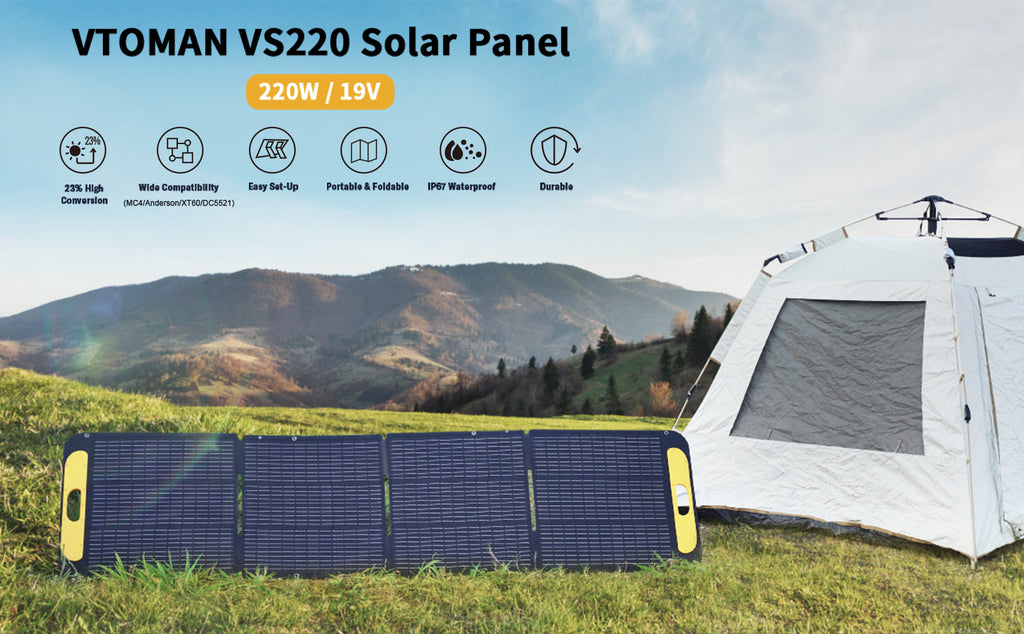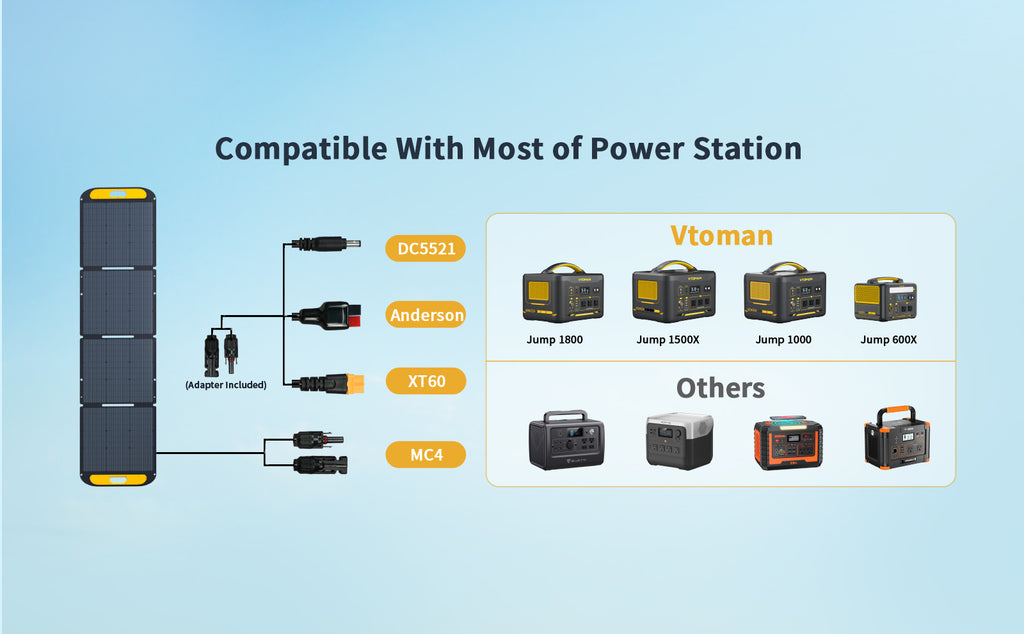Quick Answer: A solar panel typically generates a voltage ranging from 5 volts for small, portable panels to around 30 to 40 volts for standard residential panels under full sun.
What Is Solar Panel Voltage?
Voltage, in the context of solar panels, refers to the electrical potential difference generated by a panel. It is a fundamental aspect of solar energy production, determining the capacity of a panel to power devices or charge batteries. Essentially, the voltage output from a solar panel indicates how much force is exerted on electrons to push them through a circuit; thus, it is a critical parameter in the design and application of solar power systems.

Types of Solar Panel Voltages
Solar panels produce voltage outputs that vary based on several factors, including the type of solar cell, the number of cells in a series, and the conditions under which they operate. Commonly, solar panels are categorized into two main voltage types: nominal voltage and actual (or operating) voltage.
- Nominal Voltage: This describes a simplified, standardized voltage category that facilitates the design and compatibility assessment of solar power systems. Nominal voltage is akin to a baseline or an average value around which system components are rated and selected, ensuring coherence in the electrical setup. For example, solar panels intended for a 12V system might actually operate at a slightly higher voltage but are classified under this nominal value for the sake of standardization and ease of system design.
- Actual (Operating) Voltage: In contrast, the actual voltage is a dynamic value that reflects the real-time electrical output of a solar panel. This figure is subject to change, influenced predominantly by two critical environmental factors: the intensity of sunlight striking the panel's surface and the ambient temperature. On a bright, cool day, a panel might exhibit a higher voltage output compared to a hot, cloudy day, demonstrating the variable nature of solar energy conversion.
Solar Panel Output Voltage: AC or DC?
Solar panels inherently generate direct current (DC) voltage. This is because the sunlight-induced electron movement creates a unidirectional flow of electric charge. However, most household appliances and the general power grid operate on alternating current (AC), necessitating the use of inverters. Inverters convert the DC voltage from solar panels into AC voltage, making the electricity usable for residential and commercial applications.
How to Calculate Solar Panel Voltage
Calculating the voltage output of a solar panel requires a good understanding of the specifications provided by manufacturers and considering the series connection of solar cells within a panel. Each solar cell has a typical voltage output, and when cells are connected in series, their voltages cumulatively increase. For instance, a common single solar cell might produce about 0.5 volts; thus, a panel with 36 cells in series would have a nominal voltage of around 18 volts. However, the actual operating voltage can vary significantly based on factors like sunlight intensity and temperature.
How Many Volts Does a Solar Panel Generate?
Small, portable solar panels might produce as little as 5 volts, suitable for charging small devices directly. Residential and commercial solar panels, on the other hand, typically have nominal voltages of 12, 24, or 48 volts, with actual operating voltages being higher under optimal conditions. The exact voltage a solar panel generates is contingent upon its design, the number of cells it contains, and the environmental conditions under which it operates. It's not uncommon for a standard residential solar panel to operate at around 30 to 40 volts under full sun, with this figure adjusting based on the factors previously mentioned.
Solar Panels Volts By watts
For simplicity, the estimates below assume optimal conditions with an average of 5 peak sun hours per day:
| Solar Panel Wattage (W) | Voltage Range (V) | Daily Energy Production (kWh) | Annual Energy Production (kWh) | Notes |
|---|---|---|---|---|
| 10W | 5V - 6V | 0.05 kWh | 18.25 kWh | Small portable panels are suitable for charging devices like smartphones. |
| 50W | 12V - 18V | 0.25 kWh | 91.25 kWh | Suitable for small systems such as RVs, small boats, or small off-grid systems. |
| 100W | 18V - 22V | 0.5 kWh | 182.5 kWh | Standard residential panels for charging 12V battery systems or powering household appliances with inverters. |
| 200W | 24V - 36V | 1 kWh | 365 kWh | Larger panels for home or small commercial use, suitable for larger battery systems and higher power needs. |
| 300W | 30V - 42V | 1.5 kWh | 547.5 kWh | High-efficiency panels are commonly used in commercial solar power systems to provide higher voltage and reduce energy loss. |
| 500W | 40V - 60V | 2.5 kWh | 912.5 kWh | Large commercial panels for large solar power stations or commercial projects, offering high voltage to support large-scale energy demands. |

The Bottom Line
Understanding the voltage output of solar panels is essential for harnessing solar energy efficiently. Solar panels generate a variable voltage that is influenced by their construction, the number of cells they contain, and the environmental conditions they are exposed to. By comprehending how voltage contributes to the overall performance of a solar panel, users can make informed decisions about the configuration and use of their solar power systems. As the world continues to shift towards renewable energy sources, the knowledge of solar panel voltage not only empowers individuals but also propels us closer to a sustainable future.
FAQs
- 1. What Affects the Voltage Output of a Solar Panel?
- The voltage output of a solar panel is influenced by sunlight intensity, temperature, and the panel's inherent design. For example, a panel will generate higher voltage under intense sunlight and cooler temperatures. A decrease in sunlight or an increase in temperature can reduce the voltage output. Data shows that for every degree Celsius increase in temperature, a panel's voltage output can decrease by about 0.2-0.5%.
- 2. How Do Environmental Conditions Impact Solar Panel Efficiency?
- Environmental conditions significantly impact solar panel efficiency. Optimal conditions include strong sunlight and cool temperatures, which can maximize voltage output and efficiency. Conversely, high temperatures can decrease efficiency due to the increased resistance within the panel's electrical circuits. Studies have demonstrated that solar panels can lose between 0.25% to 0.5% of their efficiency for every degree Celsius above 25°C.
- 3. Can Solar Panels Generate Enough Voltage for Home Appliances?
- Yes, solar panels can generate sufficient voltage for home appliances. While individual panels produce DC voltage, which is typically between 30 to 40 volts under full sun, multiple panels can be connected in series or parallel configurations to meet the voltage and power requirements of household appliances. With the addition of an inverter to convert DC to AC, solar panels can effectively power home appliances. For instance, a system of 10 to 20 solar panels, each rated at around 300W, can generate enough electricity to significantly offset a typical home's energy use
- 4. What Is the Relationship Between Solar Panel Size and Voltage Output?
- The size of a solar panel, or more specifically, the number and arrangement of solar cells within it, directly affects its voltage output. Larger panels with more cells can generate higher voltage because each cell contributes a specific voltage when connected in series. For example, a standard solar panel with 60 cells might have a nominal voltage of around 20 volts, whereas larger panels with more cells can achieve higher voltages. The actual voltage output, however, will depend on environmental conditions and the panel's efficiency
- 5. How Has Solar Panel Voltage Efficiency Changed Over Time?
- Over the years, advancements in solar technology have led to increased voltage efficiency in solar panels. Improvements in cell design, materials, and manufacturing processes have allowed panels to convert more sunlight into electricity, operating at higher voltages and efficiencies. Data from the Clean Energy Reviews shows that the average efficiency of commercial solar panels has increased from about 16% to over 22% in recent years, allowing for higher voltage outputs and more energy generation per square meter.












